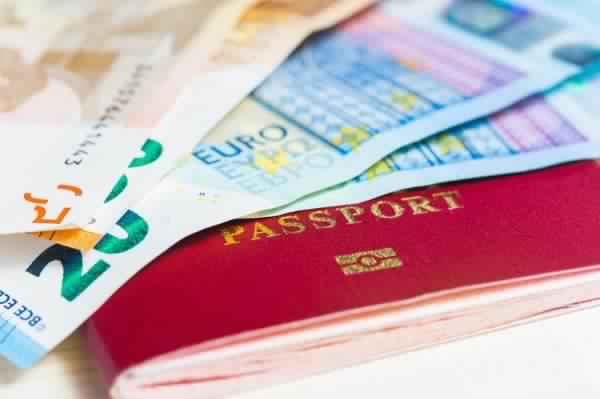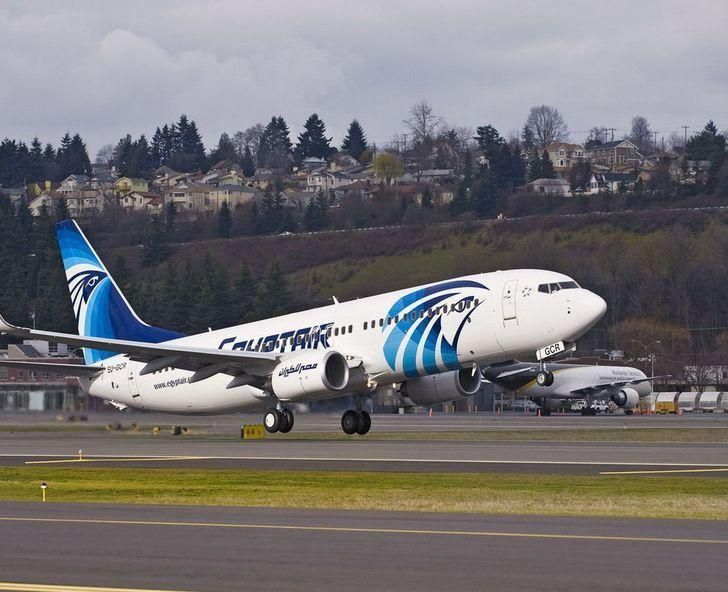It’s no secret that while there’s much to see in Rome, there’s far more to eat. For the herds of tourists on the usual 73 hour tour of one of the planet’s historically richest cities, the hustle of sightseeing can reduce the very rituals of proper dining to little more than mere sidetracks on a grander path of countless museums and nameless edifices. This is a guide on how to avoid this sort of, indeed, sacrilege.
Granted, this is one city where, regardless of where you sit down to even crudely silence the grumblings of a fuel-starved belly, you are unlikely to be disappointed. Yet it still stands to shame that most visitors of the Eternal City will exert notable efforts to organize the logistics of how to see the very best of Rome, but will give little thought to how to also taste its very best as well. Excuses of “watching the waist line" are lame at best – a walk through the Vatican’s museums and their gazillion halls alone is, so it is said, sufficient to wipe out an entire week’s calories.
Getting down to business
For most visitors of Rome, high on the sightseeing list is usually the Colosseum, the Forums, the Pantheon and the Vatican. Combine these sites with a coin toss in the legendary Trevi fountain, a sit down on the Spanish steps, and a quick shopping spree through Via del Corso (with a cappuccino here and there on various the piazzas, of course), and most visitors would satisfyingly declare the they have “experienced Rome."
So, how to combine this ‘Rome 101’ two- or three-day tour with a gastronomic experience to match it?
The good news about central Rome, where virtually all the major sites are located, is that everything is pretty much within walking distance. A half-hour saunter is usually enough to get from one end of central Rome to another. Public transport is a lazy alternative unless you are staying far from the center, but if walking is an option, then the more excuses for building up an appetite, the better.
Piazza Navona
One of Rome’s most captivating public places, the pedestrian Piazza Navona and its baroque palazzi and magnificent fountains is a place for some serious idle time. Ceaselessly filled with hawkers, tourists, street performers, artists and fortune tellers, it’s a piazza that gushes with an ambience perfect for a quick coffee, or, for that matter, breakfast, lunch or dinner.
The bad news: the food here is not Rome’s finest, and certainly not its cheapest. What one effectively consumes at Piazza Navona is raw atmosphere, the sort that makes even the most mediocre of pizzas taste supreme. If you’ve just finished an exhausting tour of the Colosseum or Forums, a half hour trek northwest will lead you here for a memorable late lunch. Alternatively, keep this locale for a late dinner, when street performers bring out their guitars for some ambient music. Dining options are countless, with restaurants flooding onto the pavement on all sides and corners of the square.
The Pantheon
Breakfast or brunch in front of the Pantheon, ancient Rome’s best preserved building, is a must. This monolithic structure was once a temple dedicated to the classical gods (pan meaning ‘all’ and theos meaning ‘god’), though it was transformed to a Christian church in 608, and has been standing for some 2000 years.
The piazza by its façade is littered with restaurants flooding onto the cobbled pedestrian road, all serving the usual pizza, pasta combinations, but also with great breakfast options as well – the omelets are a particular work of art at La Rocca. However, if it’s a coffee break you are after, then La Tazza d’Oro, also a stone throw away from the Pantheon, is considered by many a temple in itself dedicated to good coffee.
Again, whether you’ve just finished a tour of the Colosseum or the Vatican on the other side of the river, it’s little more than a half hour walk to settle here and replenish your juices.
The Trevi Fountain and Spanish Steps
Window shopping your way up Via Corso from the Trevi fountain to the Spanish steps is indeed a rare treat, particularly if you do so with company of some gelato from Il Gelato di San Crispino, which stands just near the Trevi fountain. The word Trevi refers to the three roads that converge by the world famous fountain (tre vie), which give way to the magnificent baroque masterpiece depicting Neptune’s chariot being led by Tritons with sea horses.
A gathering place for both lovers and tourists alike, it is said that tossing a coin over one’s shoulder into the fountain ensures that you will, one day, return to Rome (while tossing two coins will guarantee falling in love with an Italian – something which, alas, did not work for this particular writer).
On an average day, about 1,500 Euros are thrown into the fountain. Though this money officially goes to charity, in 2002 it was discovered that a homeless man known as D’Artagnan had been making up to 1000 Euros a day for 34 years by snatching Trevi coins. One would wonder why he remained homeless for so long.
Regardless, the area around the fountain is teeming with eating venues, though many will dish up overpriced tourist fodder. One great exception is Il Chianti, close by the fountain on Via del Lavatore. Serving an imaginative selection of salads, pastas and meat dishes, it’s an ideal place to lunch or dine while laying back and seeing the world go by.
Heading up north-ish from the Trevi fountain through Via Corso brings you to the Spanish steps, strangely named, as they were in fact built as a legacy from the French, and lead up to the French church of Trinita del Monti. Just east of the shopping road, there is not much in the way of restaurants around these “French" steps.
However, if you have just trekked your way from the Vatican, through Piazza Navona, by the Pantheon, across the Trevi and finally up the steps to culminate a great walk through the very heart of Rome, there is one great place to celebrate. At the very top of the steps to the right is a venue serving amazing pizzas and 1 liter draft beers. It’s called Macogein, and if you opt for one of their difficult to lift 1 liter beers, here’s a little advice: do not take the steps back down.
Trastevere
Somewhat Bohemian with narrow, cobbled streets lined with medieval houses with networks of clinging ivy, Trastevere boasts dozens of delightful coffee bars and restaurants.
Literally meaning ‘across the Tiber’, this district is slightly removed from the center, requiring a solid half hour walk down the West side of river to reach it. It is ideal for a late lunch after a grueling tour of the Vatican, which lies just to the north of it, or for a proper dinner later in the night.
Bruno alla Lungaretta is one unforgettable little restaurant in the midst of the maze that is Trastevere. Offering proper Roman cooking, with reliable hits like its gnocchi with wild boar sauce and steak with balsamic vinegar (with lots of tasty vegetarian options as well), it is a perfect place to escape the pizza mania in which you have undoubtedly been indulging.
As charming as this part of Rome is, its windings streets can be confusing, though detailed maps of the Trastevere can be easily attained. However lost you succeed at getting yourself, you’re sure not to stray too far from dining venues with idyllic atmospheres that go with great tasting food and good value.
Ultimately, even the most carefree about where they dine in Rome are unlikely to complain. What is certain, however, is that no amount of sightseeing can reveal what the Eternal City really has to offer without a little attention to the cuisine.
As one Italian Colosseum tour guide once said: “Ancient Romans were a cruel and savage people – they liked to show their power through their battles and bloody games. Modern Romans are friendly. We show our power through the kitchen




